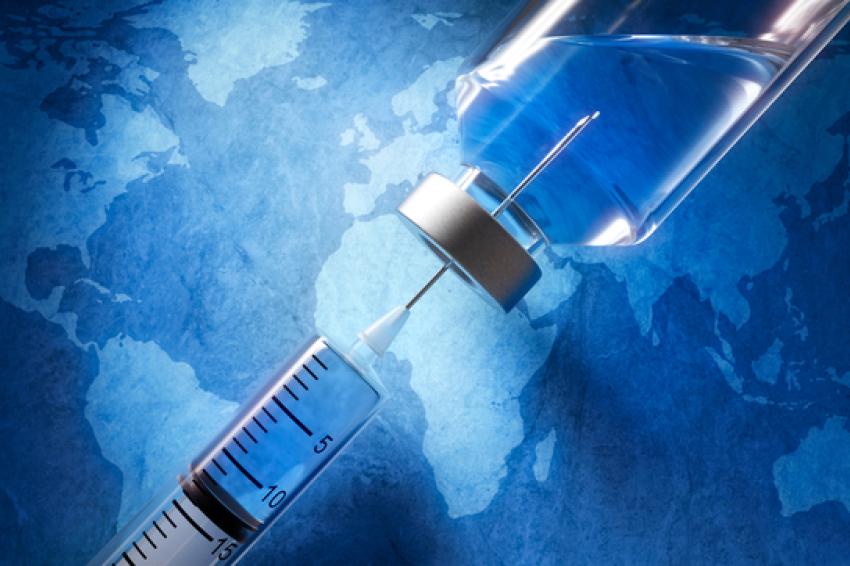FDA Grants EUAs to Omicron-targeted Covid Shots
With the decision, the agency followed the recommendation of its Vaccines and Related Biological Products Advisory Committee, which it said voted “overwhelmingly” to include an omicron component in Covid-19 booster vaccines. It noted that it also relied on the “totality of available evidence.”
The bivalent vaccines are being recommended as a third or fourth dose to those who have already completed the two-dose regimes of the companies’ original shots designed to protect against the wild type of the virus that emerged in 2020.
Both the new Pfizer-BioNTech and Moderna shots contain two mRNA components of the coronavirus, one of the original strain and the other one in common between the BA.4 and BA.5 lineages of the omicron variant. The first-generation monovalent shots that have been administered since December 2020 contain only the original strain.
More Bivalent shots are in the making
Due to the urgency of the situation, the agency said it will work quickly to evaluate future data and submissions to support authorization of bivalent Covid-19 boosters for additional age groups as it receives them. Several other companies are working on bivalent vaccines, including CureVac together with GSK, Novavax and Valneva.
With the decision just taken, the FDA said it is no longer recommending that individuals receive booster doses of the vaccines designed for the original strain while in Europe, the situation in still evolving. The first-generation monovalent shots, however, will continue to be authorized for use in a primary series for individuals six months of age and older.
Reflecting a US consensus that the goal is to get more people vaccinated, in issuing the EUAs, the FDA relied on data from tests with mice but said it also considered earlier small-scale human trials by Pfizer and Moderna with updated reformulations of their original vaccines.
On average, the US records about 90,000 infections daily, along with 475 deaths, reports say. Over the nearly three-year course of the global pandemic, more than 1 million people have died across the country, leading to a historic drop in life expectancy.
The vaccine makers are just now beginning to schedule full-scale clinical trials with human volunteers. In the UK, authorities approved a shot produced by Moderna, one of the early reformulated vaccines trialed on humans. This targets the original strain of the virus and the initial version of omicron (B1).
Some critics, both in the US and Europe, said they were concerned about the accelerated approval process. The FDA, however, pointed to its extensive experience with strain changes for annual influenza vaccines. “We are confident in the evidence supporting these authorizations,” said Peter Marks, director of the agency’s Center for Biologics Evaluation and Research.
Currrently, the BA.4 and BA.5 lineages of the omicron variant are causing most cases of Covid-19 in the US and are predicted to continue circulating in autumn and winter. The US government has pre-ordered 66 million doses of Moderna’s updated vaccine, plus 105 million doses of Pfizer-BioNTech’s, and will probably roll out the new shots next week following the Sept. 5 Labor Day holiday.
How effective are the new bivalent vaccines?
In the medical world, the jury appears to be still out on how much more protective the vaccines targeting the omicron variant may be. Some skeptics have pointed out that the bivalent shots may be less efficient at neutralizing antibodies.
For the New England Journal of Medicine, however, the primary goal of vaccination against Covid should be to protect against severe disease, so that studies of vaccines and boosters should evaluate not only short-term neutralizing antibody titers but also durability of antibody responses, memory B-cell responses, and cross-reactive T-cell responses.
Author: Dede Williams, Freelance Journalist








